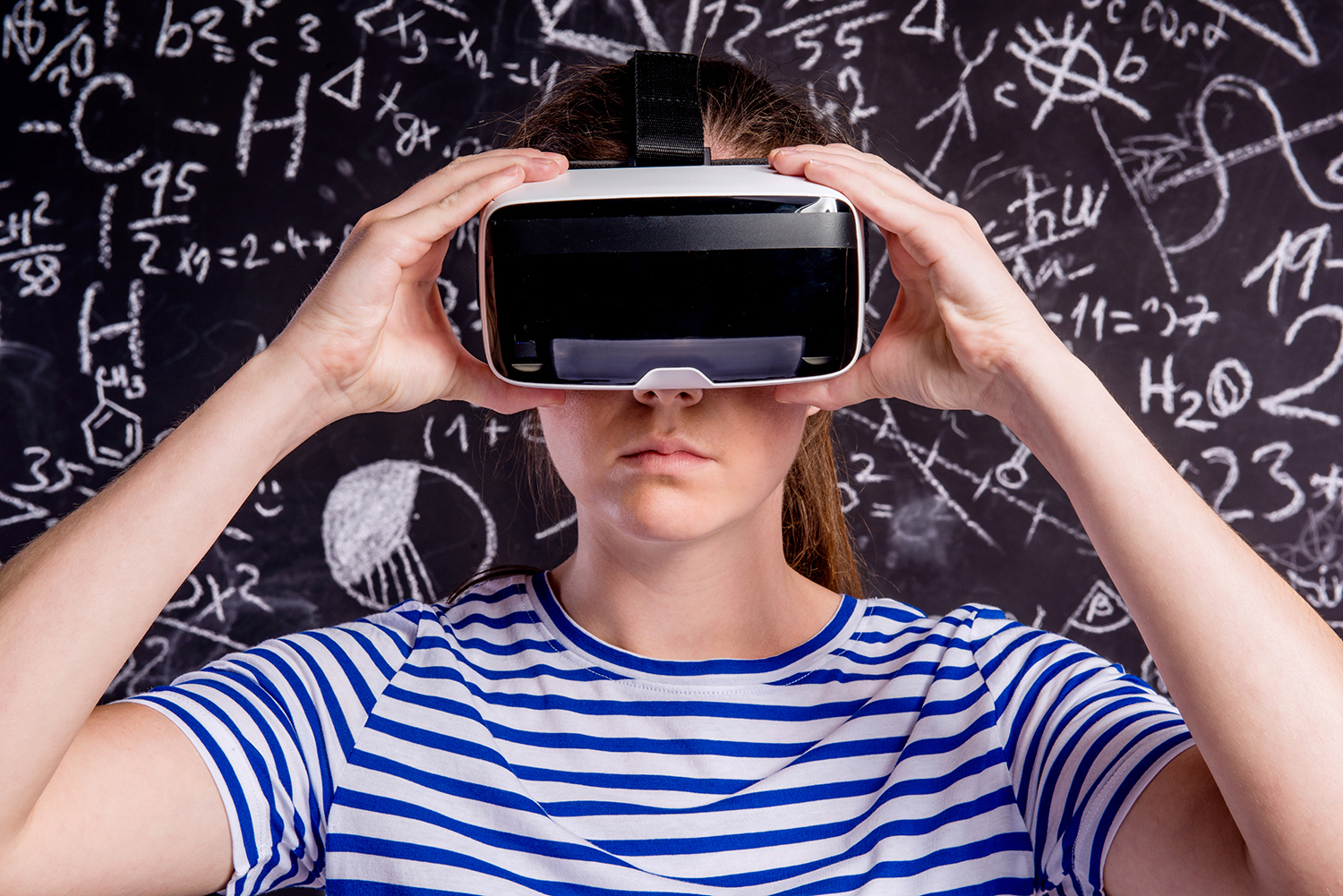Virtual Laboratories for Education in Science, Technology, and Engineering: A review
Review
The conceptualization of subject domains such as engineering, science, and technology in education must include laboratory accessible to on-line learning. Utilization of augmented reality, virtual reality, digitized multimedia presentation, and computation dynamics are critical technologies in the delivery of effective skill acquisition and affords hands-on experiences. The authors outline their review around the state of such technologies across multiple disciples and the maturing of virtual-education in STEM. The review outlines the advantages and drawback of virtual laboratories, the criteria required to bring an authentic real-world experience to the student, state of the art in virtual laboratories with emphasis of robotics, and the expected trends and advances in their purview. The paper cites multiple examples of software, robotics simulations, and virtual realities to substantiate their observations and conclusions.

Abstract
Within education, concepts such as distance learning, and open universities, are now becoming more widely used for teaching and learning. However, due to the nature of the subject domain, the teaching of Science, Technology, and Engineering are still relatively behind when using new technological approaches (particularly for online distance learning). The reason for this discrepancy lies in the fact that these fields often require laboratory exercises to provide effective skill acquisition and hands-on experience. Often it is difficult to make these laboratories accessible for online access. Either the real lab needs to be enabled for remote access or it needs to be replicated as a fully software-based virtual lab. We argue for the latter concept since it offers some advantages over remotely controlled real labs, which will be elaborated further in this paper.We are now seeing new emerging technologies that can overcome some of the potential difficulties in this area. These include: computer graphics, augmented reality, computational dynamics, and virtual worlds. This paper summarizes the state of the art in virtual laboratories and virtual worlds in the ields of science, technology, and engineering. The main research activity in these fields is discussed but special emphasis is put on the field of robotics due to the maturity of this area within the virtual-education community. This is not a coincidence; starting from its widely multidisciplinary character, robotics is a perfect example where all the other fields of engineering and physics can contribute. Thus, the use of virtual labs for other scientific and non-robotic engineering uses can be seen to share many of the same learning processes. This can include supporting the introduction of new concepts as part of learning about science and technology, and introducing more general engineering knowledge, through to supporting more constructive (and collaborative) education and training activities in a more complex engineering topic such as robotics. The objective of this paper is to outline this problem space in more detail and to create a valuable source of information that can help to define the starting position for future research.
Potkonjak, V., Gardner, M., Callaghan, V., Mattila, P., Guetl, C., Petrovic, V., & Jovanovic, K. (2016). Virtual laboratories for education in science, technology, and engineering: A review. Computers & Education, 95, 309-327. doi:10.1016/j.compedu.2016.02.002
